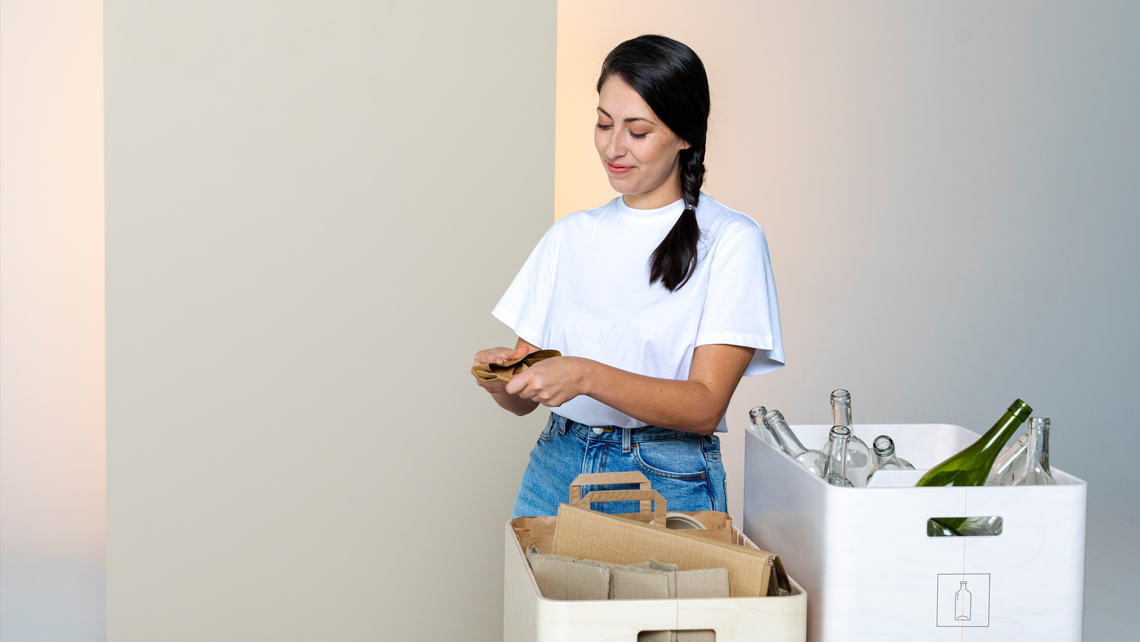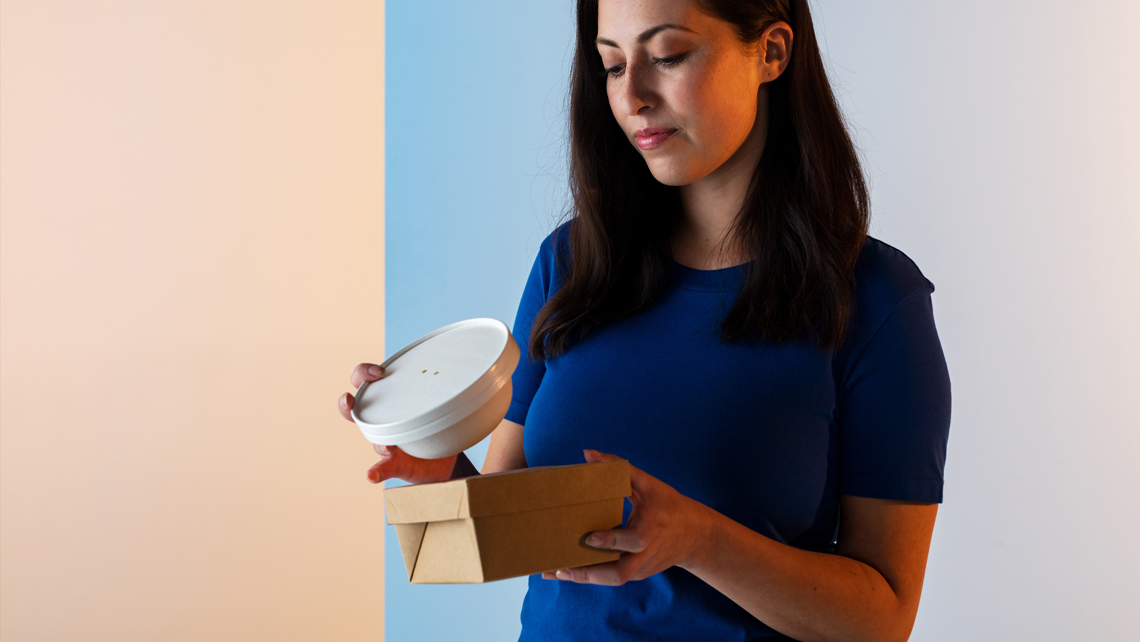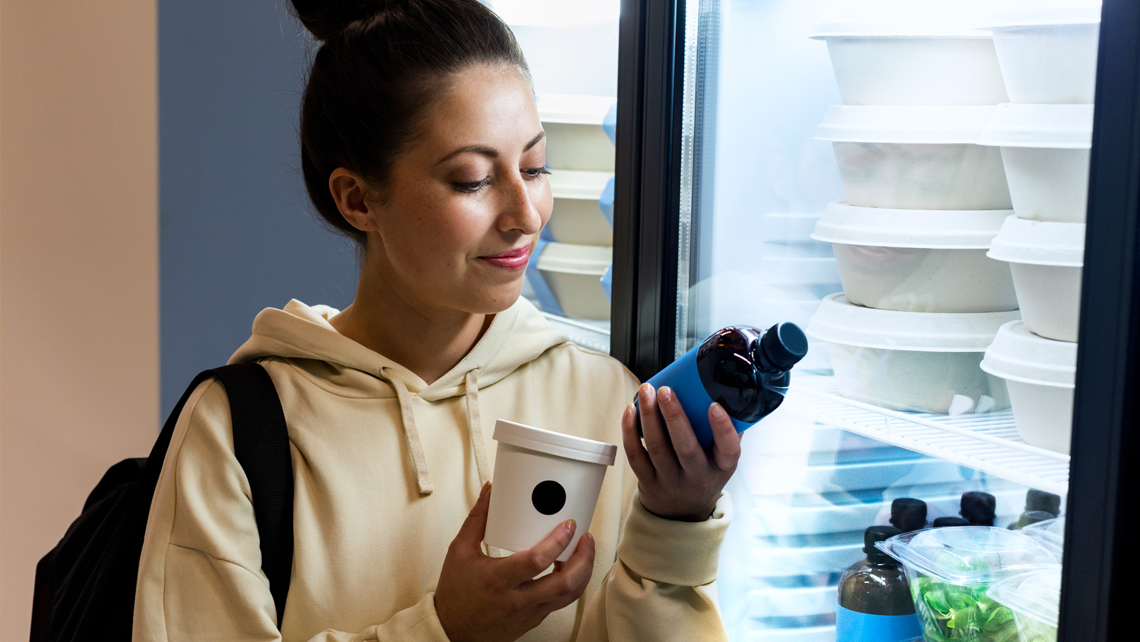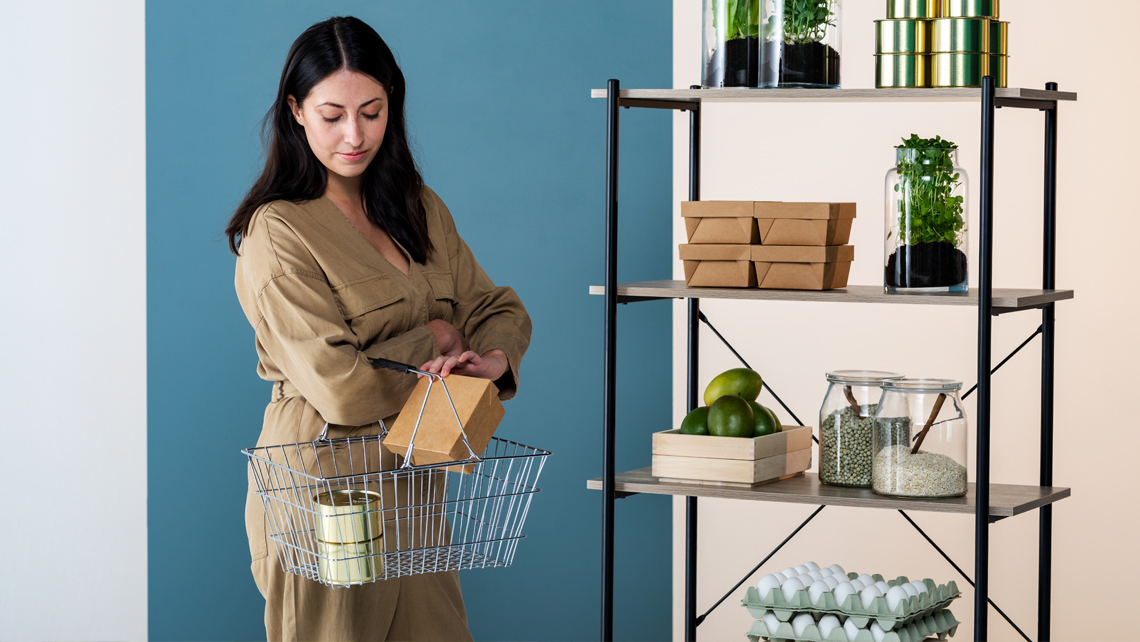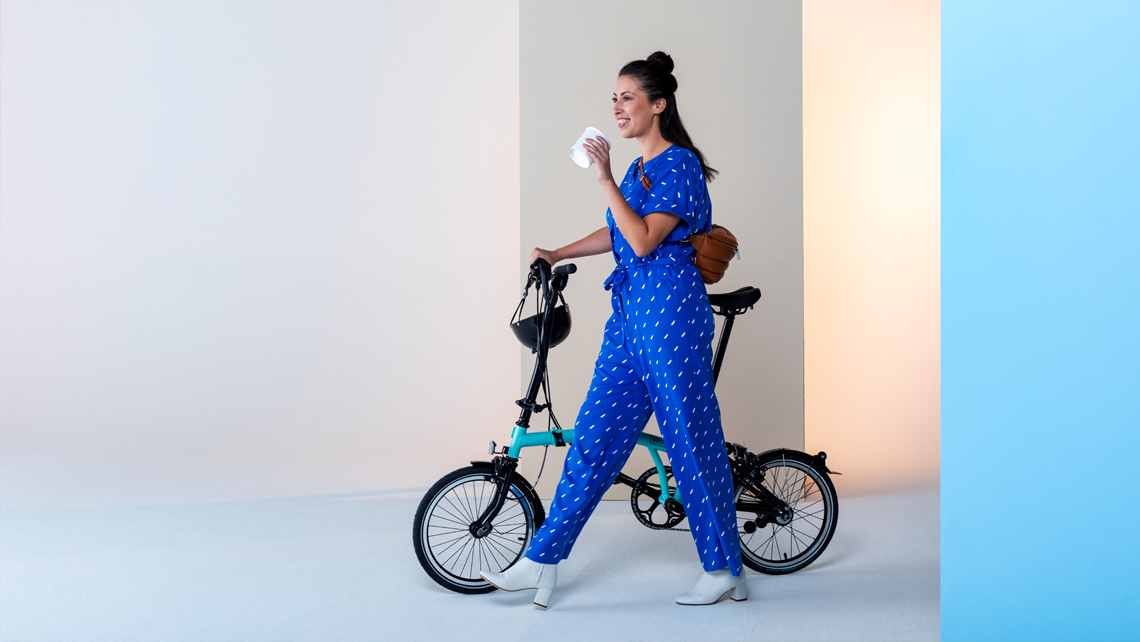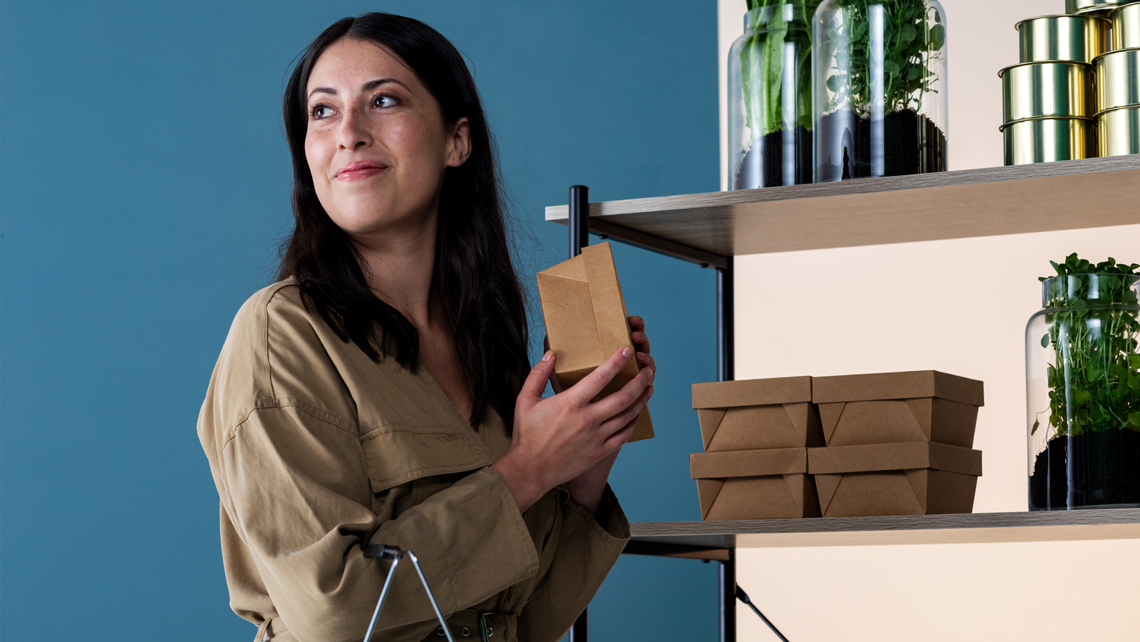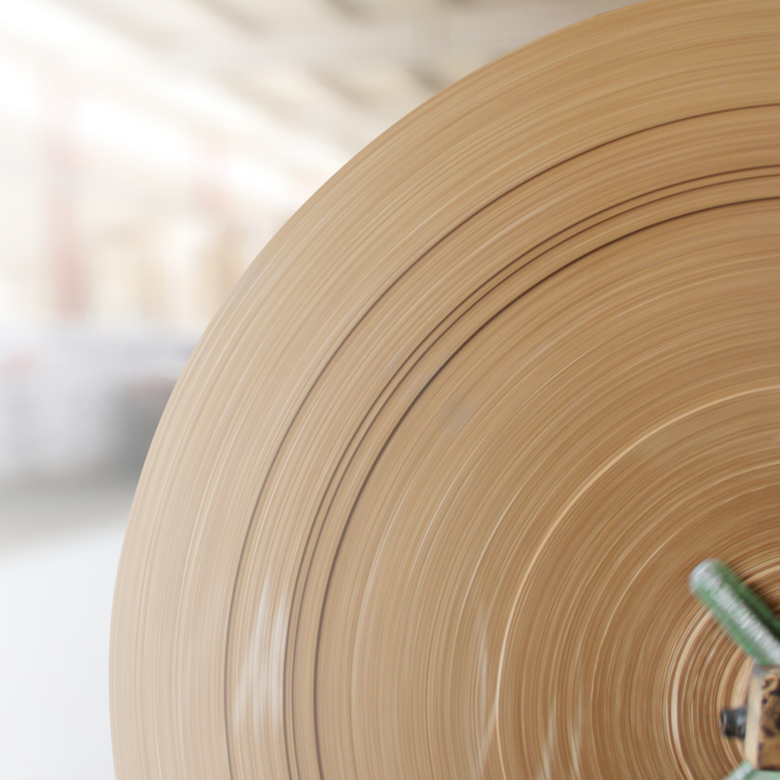In this future scenario, titled “The effortless closed loop”, both the food industry and the food packaging materials are highly regulated with the goal of extreme climate friendliness. Food brands and packaging manufacturers are driven by regulatory pressure rather than consumer preferences, and players throughout the entire food value chain are pulling in the same direction.
Food packaging is not a branding exercise but needs to first and foremost comply with the regulations. Focus is on practicality and functionalities that e.g. help preserve food longer, and at the same time, packaging contains less materials and fewer material combinations. Plastic use has decreased significantly.
In this environment, making climate-friendly purchase choices is so easy that most people barely notice they are doing it. Data on things like the greenhouse gas emissions, energy usage, water consumption, and climate impact of both the packaging and the food inside is – and needs to be – openly reported and readily available. Smart packaging is crucial in providing the climate-related information.
Toward common sustainability goals
In a highly regulated future, food brands innovate closely together with their packaging suppliers toward common sustainability goals. Food packaging suppliers need to put a lot of effort into gathering the data related to the environmental footprint of their materials.
This calls for an advanced level of cooperation and shared knowledge
within the entire value chain.
“This would call for an advanced level of cooperation and shared knowledge within the entire value chain,” says Antti Matula, Senior Vice President, who is leading the global product lines and business development for the pulp and paper segment at Kemira. He discussed the opportunities and challenges of the different future scenarios for the packaging value chain in a recent webinar.
“Minimizing the overall environmental impact of food packaging requires engagement from all stakeholders. The operating environment described here is in a way an extreme result of the current regulatory movement on e.g. single-use plastics and tightening legislation on waste. On the other hand, the value chain is already today working together toward similar goals through forums such as the 4evergreen alliance, which Kemira also joined recently.”
Many brands and packaging material manufacturers have set ambitious goals ahead of regulation e.g. for full packaging recyclability and compostability or elimination of all fossil-based raw materials in their production in the next few years.
“As a chemistry supplier to the industry, we drive toward the same goals, working closely together with our customers. For example, we recently introduced a novel internal sizing chemistry for hydrophobation. It’s made from renewable sunflower oil instead of fossil-based olefins and supports paper and board producers in their goal to increase the share of renewable raw materials. Another example is our innovative dispersion barrier coating that helps reduce plastics and fluorochemicals that are used to create e.g. grease and oil resistance in foodservice board and wrapping paper.”
The return of the milkman
In this future, overpackaging of food has become history, and single-packaged products are seizing to exist. Instead, durable and reusable packaging is becoming commonplace e.g. in food delivery. Consumers can store and return the packaging to the agent upon next delivery, just like returning the milk bottles to the milkman back in the day.
“This could mean a diminishing need for packaging materials overall, which would impact the fiber-based value chain. On the other hand, the need to package and transport products from manufacturing to retail and again to consumers’ home will not disappear – rather it will continue to increase with the growth of e-commerce. One possibility is that in fiber-based materials, the focus shifts more from micro level packaging to macro level packaging.”
The renewability of fiber-based materials holds a strong case in tackling the challenges the world is facing with e.g. plastics.
Durable, multi-purpose packaging would be the winner in a world of packaging-free shops and returnable food delivery packaging. What would the role of fiber-based materials be in this case? “I would remain optimistic: the renewability of fiber-based materials holds a strong case in tackling the challenges the world is facing with e.g. plastics. At the moment, molded fiber is gaining ground from the paper and board materials that are manufactured with traditional web forming. In ten years’ time, the industry might have taken long leaps forward in product development,” Antti Matula says.
Expanding the use of recycled fiber
In a regulated future, closed-loop thinking prevails, and trash becomes a thing in the past. Recycling is a well-oiled machine of coordinated efforts and the industry is working together to create a unified model.
“The vision of recycling made as easy as possible for consumers with clear packaging-specific recycling instructions and strategically located infrastructure is welcome. The industry is engaged in developing fully-recyclable packaging but being recyclable is only the halfway: the packaging also needs to be recycled,” Antti Matula points out.
Increased use of recycled fiber in paper and board manufacturing
requires specialized chemistry expertise.
For the food packaging value chain, an important challenge to solve is to find ways to broaden the use of recycled fibers in food contact materials. The topic is also a focus area in Kemira R&D. “Increased use of recycled fiber in paper and board manufacturing requires specialized chemistry expertise so that e.g. the strength qualities and cleanliness of the packaging material can be maintained. Some food contact regulations would also need to come under new scrutiny, as is suggested in the scenario.”
“Recently, the food packaging industry has seen a wave of innovations and new solutions particularly in fiber-based materials. If the boundaries set by regulation are as tight as described in this scenario, where will paper and board manufacturers find their competitive advantage? Will it be 100% biobased material, which is both recyclable and compostable? Or will fiber eventually become a component of something bigger, and the functionality is dictated by other materials?”
Learn more about the possible futures of food packaging to be prepared – Download the report “Future of food packaging: Four scenarios for 2030” now.
